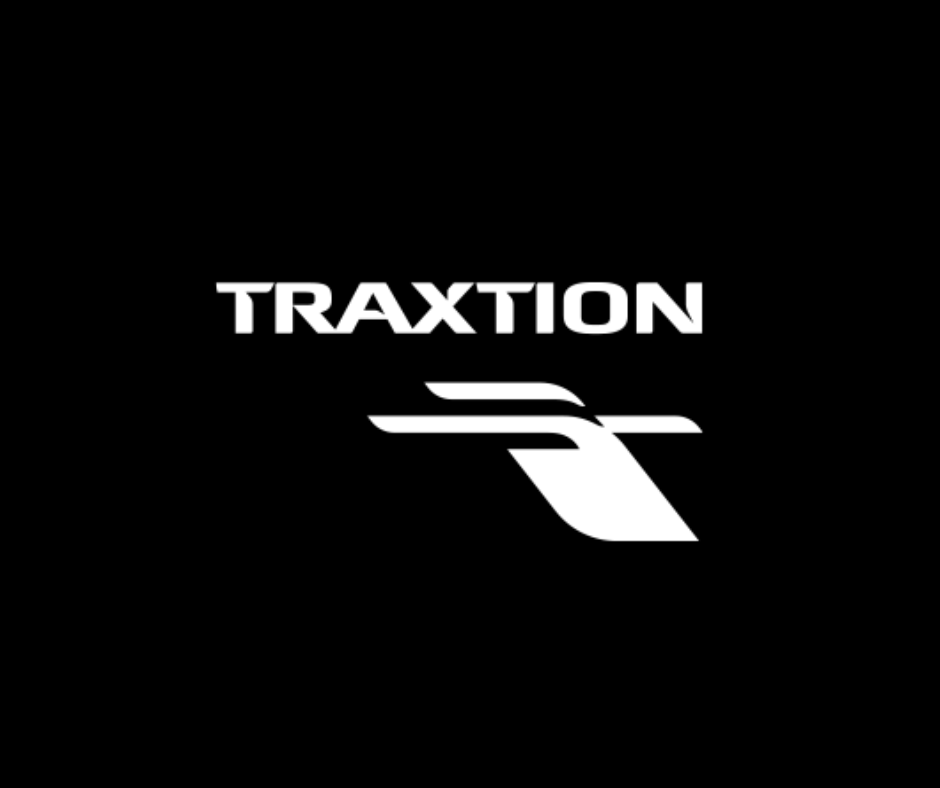From a battered toolbox to a multinational force – that’s the short story behind Traxtion’s 35 years in the rail freight industry in Africa. It all started in 1987 when General Motors EMD decided to close its locomotive production and assembly facility in Port Elizabeth. One of their staff members, the late Roy Puffett, had a decision to make – relocate to the US or take a retrenchment package.
Not wanting to relocate his young family, Roy took the package and decided to stay in South Africa. With a second-hand toolbox, his bakkie and caravan and the retrenchment pay, he drove around the country with the caravan doubling up as his hotel and admin office, servicing locomotives that he was once part of manufacturing and commissioning into service. Richards Bay and Middelburg were the first stops on a route which initially created Sheltam and then morphed into Traxtion.
In those initial years, as the demand for locomotive technical services grew, a new critical need also arose among South Africa’s mining and manufacturing fraternity as it realised the need to ensure trains ran safely and cost effectively with a high degree of performance. Traxtion recognised an opportunity to start acquiring old, under-maintained locomotives from the mines. These locomotives were given a thorough maintenance intervention and leased back to the former owners through a turnkey operating contract over a period of several years. The benefit of this lease approach was twofold; it provided much needed income stability for a young company, and it allowed the business to build and strengthen its balance sheet.
Into Africa – with great success
During the early 2000s, as the profile of the company started to grow, it became evident that mainline railway operations in South Africa would only be realised many years down the line. This resulted in many rail-friendly industries having to move to road logistics. This forced Traxtion to pursue growth opportunities in the rest of the continent.
The first countries where Traxtion’s fresh private sector thinking, enthusiasm, and well-maintained locomotives made an impact were Mozambique and Zambia. The group operated on mainlines for the mining sector in Zambia as well as for the World Food Program along the Nacala Corridor into Malawi. By 2006 it was awarded the concession to manage and operate the railway activities of CFCO in the Republic of the Congo between Brazzaville and Pointe-Noire. Additionally, they became a significant shareholder and operator of the RVR Concession in Kenya and Uganda.
These out-of-country growth opportunities became the catalysts that spurred continual company development and growth. Traxtion also attracted the attention of larger logistic organisations, private equity and infrastructure funds looking to benefit from the potential company growth. Between 2006 and 2017 Traxtion transformed from a single founder, family-owned company into a multinational shareholder with substantial amounts of capital available to invest in growth projects.
In 2017, as part of the growth process, the group underwent a significant rebranding exercise which turned it into Traxtion. With its red and black livery, the company embarked on the construction of the large Rosslyn Rail Services Hub and substantial investments into locomotives and wagons.
Fast forward to 2022 and this is where Traxtion stands today:
- Successful rail freight operations in eight African countries (Senegal, Tanzania, Zambia, Namibia, Democratic Republic of Congo, Zimbabwe, Mozambique, and South Africa)
- More than 55 locomotives and 250 wagons, one of the largest privately-owned mainline locomotive fleets on the continent
- A world-class 50 000 sqm rail services hub in Rosslyn with a skilled team of in-house artisans and decades of experience in maintaining, rebuilding, and overhauling locomotives to OEM standards
- The equivalent of a NOSA 5-star safety rating
- RSR accredited and ISO9001 certified
- A TETA and QCTO-accredited rail school that has trained more than 75 ‘red-seal’ locomotive artisans, 700 drivers and may other complimentary trade



